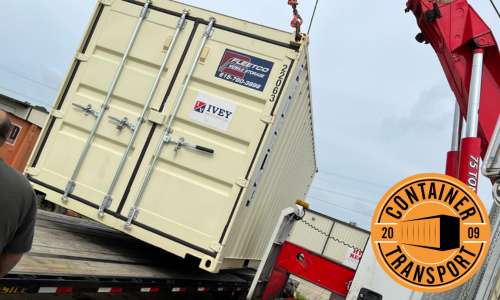Blog
What Happens if a Container Is Not Balanced Properly?


Why Does a Shipping Container Need To Be Balanced?
To have safe and optimum transport of shipping containers by sea, railway, road, or air, there is a need to have an even load distribution inside the shipping container. Equal weight distribution reduces the chances of the container tipping over during transportation, consequently damaging the cargo. Unbalanced shipping containers also pose a logistical nightmare during handling, especially at the point of loading and off-loading, slowing down the shipping process, especially during peak season. Unbalanced cargo within a shipping container could also compromise the structural integrity of the container by causing damage to the walls, floors, and corners.

What Are The Dangers of an Imbalanced Container?
Unbalanced containers pose a significant risk to the cargo, the shipping container itself, cargo handlers, and the transportation infrastructure, causing snarl-ups in the overall supply chain. Instability-related risks mainly happen during shipping container loading, repositioning, and off-loading. However, there are instances where instability-related accidents take place while the vessel is maneuvering. Here are some things that can go wrong when dealing with unbalanced containers:
How to Prevent Imbalanced Containers During Transport
Ensuring that the shipping containers are balanced is paramount during the shipping process. Here are some measures to ensure that shipping containers remain balanced:
Effective Planning and Stowage
As a preventive measure to curb accidents attributed to unbalanced shipping, it is essential to have effective planning and stowage. This involves meticulous cargo arrangement, considering their weight, shape, and suitability with the design of the container.
Securing Cargo Effectively
Employing correct securing methods, such as lashings, dunnage, and braces, keeps the contents fixed within the container. This helps reduce cargo shifting and toppling during transportation and maintains the shipping container's structural integrity.
Adhering to Legal Weight Restrictions
Observing legal industry regulations about maximum payload limit and weight distribution helps curb unbalanced containers and the associated risks during shipping.
Should these preventive measures be implemented and a safety and compliance culture be adopted, then the imbalance of the containers during the transportation process will be prevented, ultimately protecting valuable cargo and shipping infrastructures.